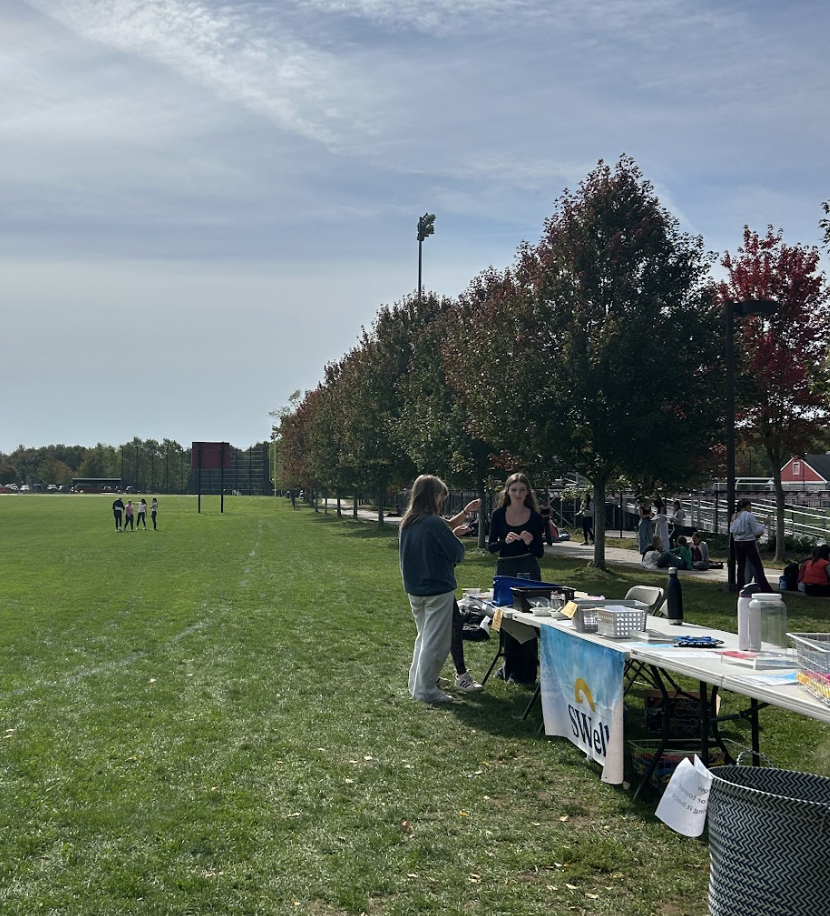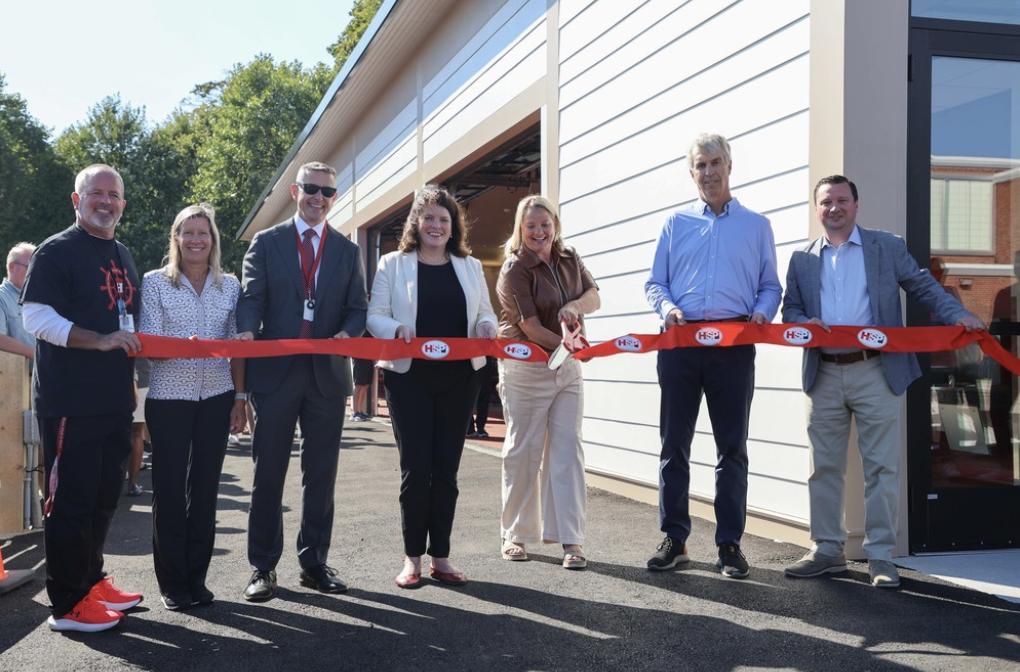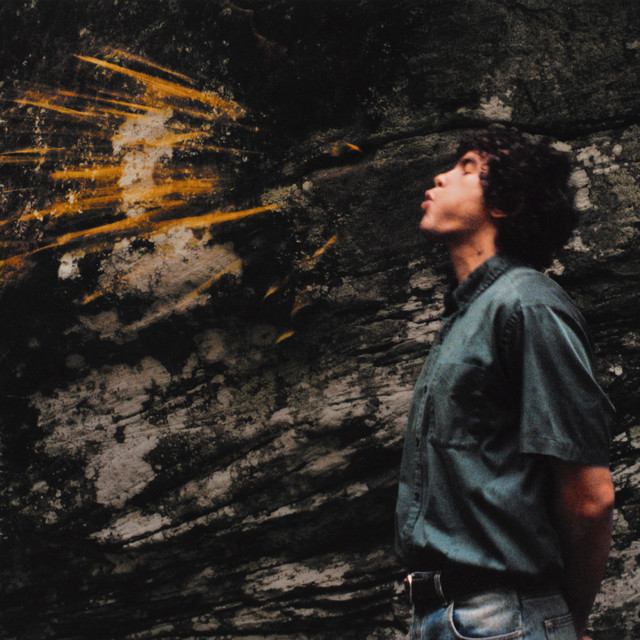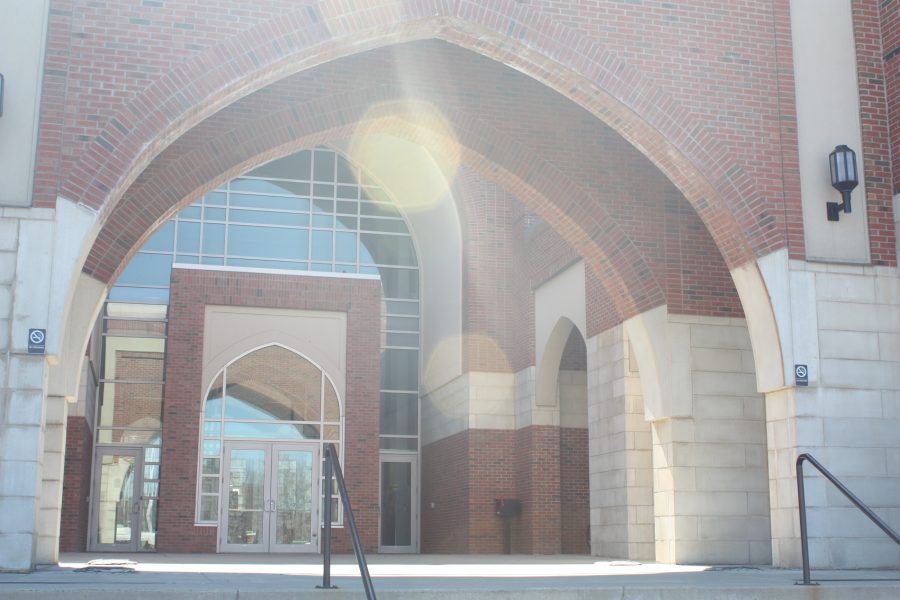A Trip To The Islamic Society of Boston Cultural Center
The door to the Mosque
May 1, 2016
When Mr. Hoey’s 10th grade history class and members of GCP arrived at the Islamic Society of Boston Cultural Center on April 14th, the students were anxious to learn about the history and culture that lay within the building before them. Upon entering ISBCC, students were immediately enthralled with the uniqueness of this specific house of worship, the sense of community that lay behind its doors, and the opinions and values that some of the Muslims held dear.
The tour began just outside of the gates of the cultural center where the tour guide, a Christian-¬born American woman named Barbara, pointed out the architecture of the building. Like all mosques, the ISBCC had many architectural feats that are specific to the religion of Islam.
First, the minaret. The minaret is a tall, slender tower from where the muezzin calls Muslims to prayer five times a day. Another special aspect of the ISBCC’s architecture was the style of arch that lined the outside of the building. The pointed arch, which is believed to have originated in India, is one of the several types of arches that are used in the design of a mosque.
Next, the dome. Located above the room where hundreds of Muslims pray daily is a large dome which is a typical architectural feature of many mosques. Many of the aforementioned features are all very typical of mosques across the globe. But Barbara pointed out something very unique about the ISBCC that many students found fascinating. In order to have the cultural center blend into its surrounding and combine with the surrounding Roxbury architecture, the designers decided to construct the exterior walls of the building using red brick, a material that is typical of Boston and its surrounding neighborhoods. The uniqueness of the Islamic Society of Boston Cultural Center’s architecture is a testament to the ability of Islam’s ability to adapt to its surrounding while also staying true to the characteristics that made it great in the first place.
As students made their way inside towards the back of the ISBCC building, they stood in what Barbara called “the courtyard.” Although there was a roof on top of the three¬-story high room, Barbara explained that it is typical for many mosques to have open-¬air spaces where worshipers can enjoy the fresh air. Barbara added that due to the climate of Boston, the ISBCC was forced to put a roof on their courtyard so as to keep it open for year¬round availability. As the students stood in the courtyard, a small band of children marched in from outside. This prompted our tour guide to explain the educational side of the ISBCC.
As well as being a functioning mosque and center to appreciate Islamic culture, the ISBCC is also a K-¬8 school that educates young Muslim children in typical school subjects, Islamic history, and Arabic. As students progressed through the tour, they began to learn that ISBCC is much more than a place of worship; it is a community that fosters education, open¬-mindedness, and faith.
While students were eating lunch in the ISBCC’s cafeteria, they heard something that many had never heard in their lifetime: the call to prayer, or adhan. This refers to the hymn that is projected over the loudspeaker, notifying nearby members of the faith that it is time to pray. Within ten minutes, the ISBCC’s mosque was filled with Muslims who had taken time out of their day to reconnect with God. For the next several minutes, students observed dozens of local Muslims who were engaging in prayer.
After the noon¬time prayer was concluded, students met up with their tour guide, Barbara, who had just been praying herself. First, she spoke to the students about the importance of prayer. “Being able to set aside a small portion of your day truly reaffirms your love and devotion to God,” she said. After that, she spoke about her own personal experiences. Having been born a non-¬Muslim in America and having not been taught anything about the religion of Islam, Barbara knew absolutely nothing about it until her early twenties when she somehow wound up in Morocco during an excursion in Europe and later found herself in a Mosque. “Then, I began to look into it,” she said. “Over a long period of time, I learned and learned until I eventually converted a few decades ago; and I only started wearing this hijab about ten years ago. It’s a gradual process through which I am still learning every day.”
During this trip to the Islamic Society of Boston Cultural Center, students took a step outside of their comfort zone and made an effort to learn something about the community of Islam. (Something that many Americans never do, according to Barbara.) This is a fantastic feat that many students would not have done a generation ago. Mr. Hoey’s class’ and GCP’s willingness to participate in such activities will certainly give them useful knowledge for the rest of their lives. Putting forth effort to learn about a culture that many admonish, and even fear, in this country, is a great step. It is pivotal that students take this opportunity to expand their education to an intercultural scale.

































